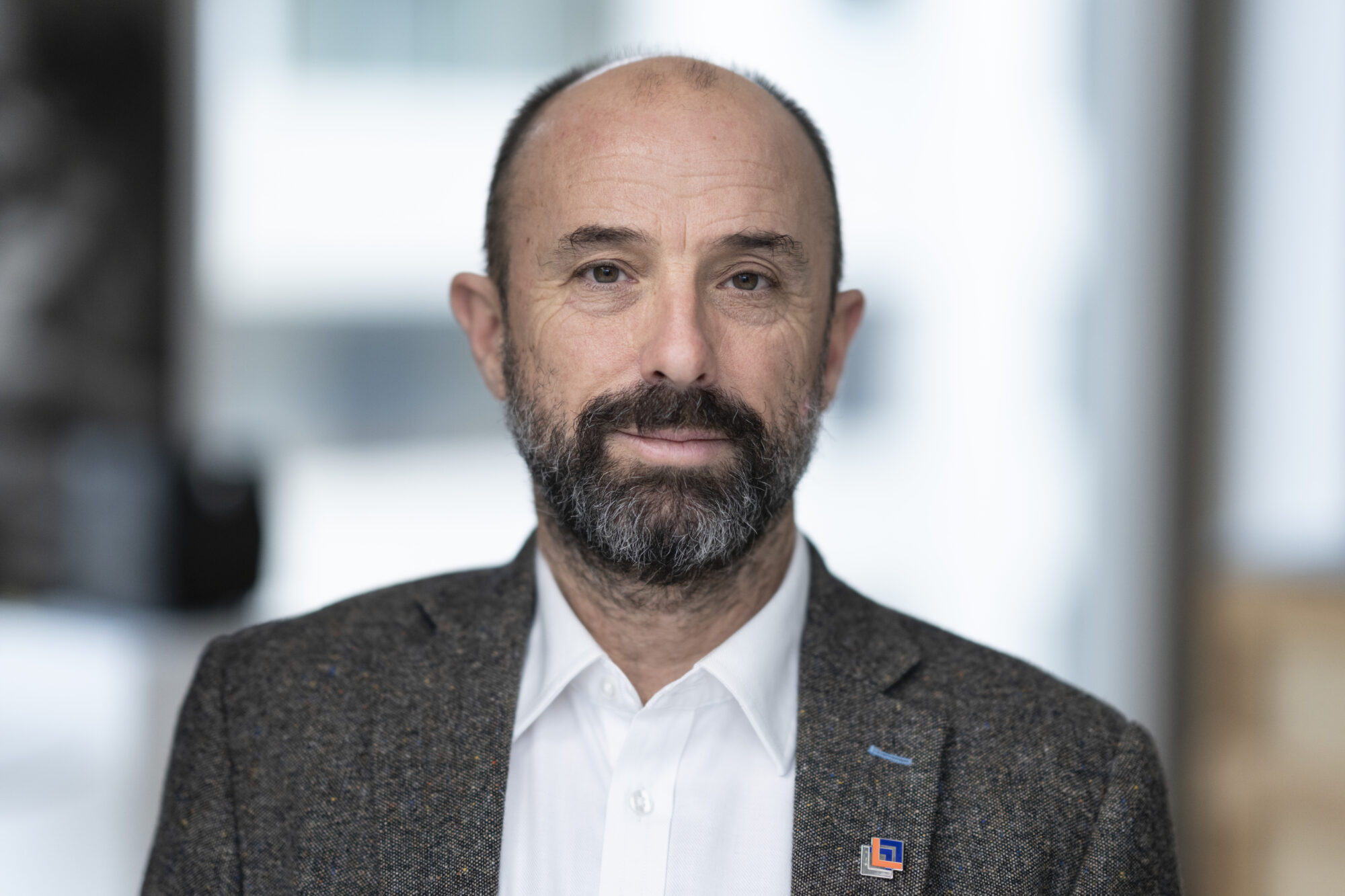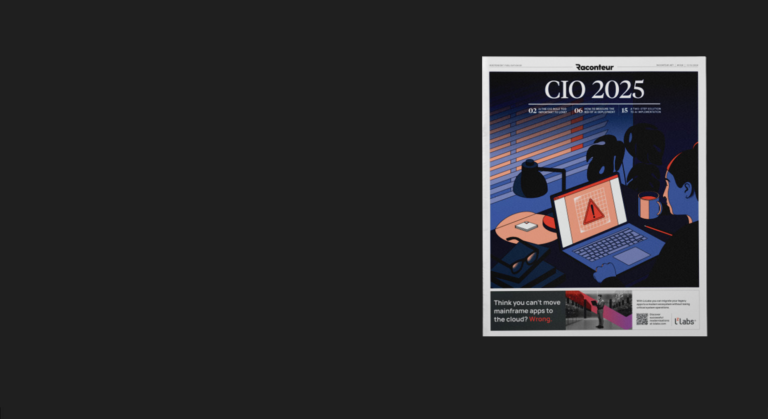Technology is at the heart of every modernization project, and it promises greater flexibility and speed to unlock a competitive advantage. However, legacy application migration and modernization from the mainframe is often the biggest barrier to the cloud.
As a result, innovative business models and new ideas are being held back. But standing still is no longer an option and overcoming the traditionally risk-averse mindset when migrating or modernizing mainframe applications to the cloud has become mission-critical.
The Problem
One of the biggest myths businesses have around monolithic, legacy applications is that everybody thinks they have a unique infrastructure, and their systems are more convoluted than anyone else. But in our experience, they have much more in common with their competitors and peers than they would like to admit.
Every organization has a critical workload that regulators are closely monitoring. Many also have an asset base that has not been touched for 40 years and have concerns navigating around code from the 1970s. Sure, once you lift the lid, you’re going to find out stuff you probably didn’t want to know of. However, the reality is that every migration is complex, and it doesn’t need to be as daunting you might imagine.
To complicate matters further, there is often no single point of accountability for your legacy application portfolio. The unique perspective of IT architecture, operations, digital transformation, and cloud competency centres must be considered. Line of business IT, risk, and finance will also have a point of view on how and why the organization can transform.
Building buy-in for your modernization project
Getting everyone on board obtaining buy-in from stakeholders through open dialogue is critical for every modernization project. Without it, you can quickly find yourself in a situation where a lack of consensus among key stakeholders can lead to someone grinding your plans to a halt. These are just a few examples of why we are so passionate about helping businesses ensure they have the appropriate people, conversations, and processes in place to get them where they want to be.
At LzLabs, we believe without exception that every stakeholder will play an essential role in getting things done and driving technological change forward. For these reasons alone, it’s critical to find a sponsor with both credibility and weight in a business. This individual will play a crucial role as an organizational changemaker who understands the pulse and pace of change the company wants to make.
Combining our deep technical expertise and broad-ranging business engagement experience has a track record of helping even the most complex organization successfully navigate legacy transformation.
Bringing your people along the journey of change with you
Every organization will have highly respected technical employees who have maintained crucial systems and are understandably protective of their infrastructure. However, these fears can be turned into opportunities when choosing the right migration partner who understands the value of knowledge transfer. Rather than running into the risk of making themselves obsolete, Mainframe experts should play an invaluable role in training colleagues while expanding their skillset.
Technical employees are usually knowledgeable and astute people armed with curious minds, especially around new technologies. At LzLabs, we believe in bringing technical staff on the journey with us to play an essential part in preserving and unlocking the potential in their systems. By ensuring your technical staff accompanies you on the journey into this new world, there will be cloud open source and dev ops tools that can add to their skillset along with adding value to their career too.
By bringing existing staff on your journey with you, you can leverage the wealth of mainframe knowledge together with modern open systems knowledge and expertise currently missing in your organization. In doing so, you can help them with career development opportunities by enhancing their skills and bolstering their market value. Once again, this is a critical part of the complex puzzle that could determine the success or failure of your project.
Economic case & new operating model
There is a compelling economic case in re-hosting mainframe applications to the cloud, and we can share some of the business case models that our customers have developed. Hard benefits are derived from substantial cost optimization of hardware and software as you transition away from proprietary, monolithic infrastructure to open systems and the Cloud.
Equally important is the opportunity to explore new ways of working and make your core applications available for modern development patterns, use of containers, microservices, dev ops, and other agile working practices. After all, you are now just running a Linux-based application on PostgreSQL in the cloud.
Transformation is a journey, not a destination.
The transformational impact of migrating your infrastructure from point A to point B and the modernization of your application estate is just the beginning of your journey. For the most part, it represents a long-term transition where you can migrate from one base to another with minimal risk. But when you need the flexibility to adapt your business further to a changing landscape, it will become much easier to do so with a modern infrastructure.
Transitionary technology empowers teams to take something that works and runs today, exactly as it is, and put it on new infrastructure and underlying platform before in a low-risk way before making any changes.
As the pace of your business accelerates and the need for new product services or your customers expect new digital experiences, you can respond faster with this newly evolved applications portfolio.
The flexibility and agility to drive innovation while mitigating risk puts your company on a journey of continuous improvement. Still, at the heart of everything, it will be your people and trusted partners that will ensure your mainframe modernization project goes like a dream rather than a nightmare.



